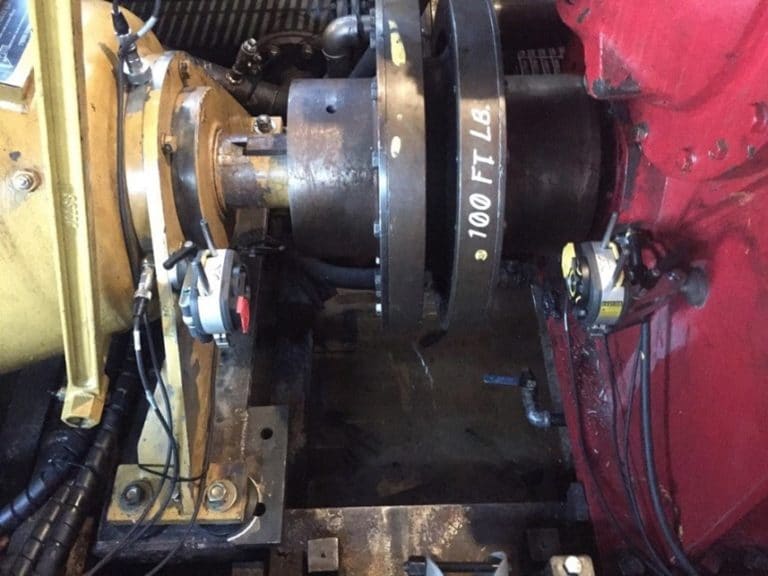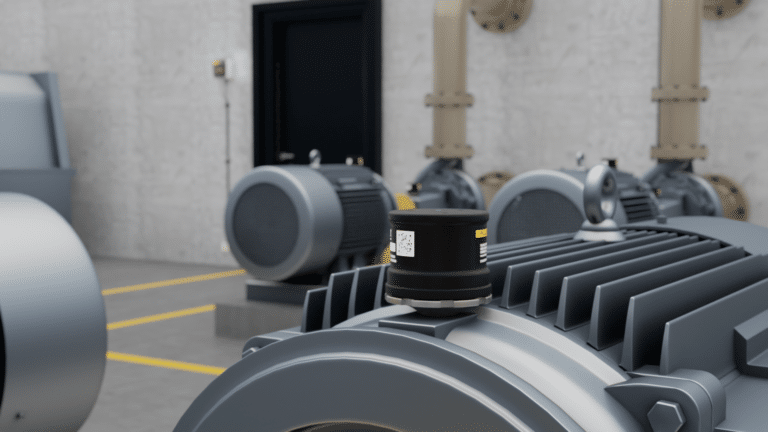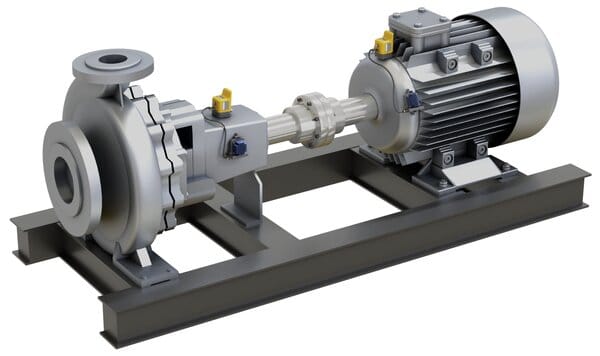
Even before the COVID-19 pandemic began, the food and beverage industry began moving towards Industrial Internet of Things (IIoT) practices as a way of increasing production uptime. Maintenance and reliability teams adopted a variety of interconnected sensors and software for remote condition monitoring. However, the past several years have sped up technology adoption.
At the height of the COVID-19 pandemic, Fluke Reliability surveys found that 60 percent of maintenance teams were only operating with skeleton crews on site — with many employees working remotely. As a result, many discovered they did not have the necessary reliability tools to keep their machines and equipment in peak condition.
With supply chain issues, increased regulations, and cost reduction efforts that have followed the pandemic, there has been a renewed interest in new technologies that can streamline operations. Faced with heightened pressure to increase uptime, many food and beverage producers are adopting predictive maintenance practices such as remote condition monitoring, which also allows staff to continue to work from home.
Amid this zeitgeist, remote vibration sensors have been among the most discussed IIoT tools. Building on concepts long familiar in maintenance, vibration sensors are easy to install and offer accurate data with minimal upkeep.
The Importance of Vibration Monitoring
While the technology behind vibration analysis sensors may be new, maintenance professionals have long known that vibration anomalies are one of the first signs of a potential machine fault. Equipment with moving or rotating parts is expected to emit some level of vibration. However, significant changes often signify common faults like misalignment, looseness, bearing wear, or imbalance. If left unchecked, abnormal machine vibration can cause operational problems and severe damage to common food and beverage manufacturing assets like drive motors and driven devices.
However, while handheld vibration measurement tools can still provide vital insights, many have difficulty sensing subtle changes in vibration. A drive for higher-quality data has fueled recent advances in technology, allowing for widespread adoption of wireless sensors to better understand when repairs may be needed.
Wireless vibration sensors are mounted to integral assets and use network connections to transmit real-time data to devices like PCs or mobile phones, where maintenance teams use computerized maintenance management system (CMMS) software to trend and analyze data.
Vibration measurements are used to monitor the health of rotating machinery like compressors, pumps, belts, gears, shafts, bearings, and other components that make up a mechanical system. Depending on the sensor’s capabilities, it could detect, analyze, and even diagnose machine faults.
Today, there are two approaches to vibration monitoring: high-level screening and deep data analysis.
- High-level vibration screening sensors are scalable and require very little training but only detect basic machine health in a binary manner.
- Deep vibration analysis sensors monitor critical machines with bursts of high-resolution data and let maintenance teams conduct vibration analysis for the most common machine faults.
In either case, when a wireless vibration sensor detects changes that exceed predetermined levels, it automatically sends an alert to the maintenance team so they can decide if action is required.
Remote Condition Monitoring: The Road to Predictive Maintenance
The maintenance team at a large, well-known Midwest cheese producer recently employed a combination of wireless vibration sensors and CMMS software during a recent expansion to increase production capacity.
The legacy food processor had new equipment coming in, so the maintenance team knew they needed to step up their broader condition monitoring program to avoid unscheduled downtime. If the equipment fails, it stops production and becomes a costly problem.
In an effort to move away from preventive and toward predictive maintenance, the organization installed continuous condition monitoring technology on all production equipment and used the alarm notification capabilities to receive immediate alerts when a change is detected.
In particular, the company puts heightened focus on monitoring the health and wear of critical bearings. By installing wireless vibration sensors, they can now monitor for excess vibration as well as heat.
Beyond increasing uptime, the wireless sensors helped reduce maintenance routes and extend asset life. By integrating the sensors with their CMMS, they were also able to automatically produce work orders.
Like this cheese manufacturer, other food and beverage producers around the world are on a similar reliability journey toward increased predictive maintenance. By combining condition monitoring sensors and asset management software with other IIoT solutions, maintenance leaders are helping their organizations compete in today’s changing landscape.







